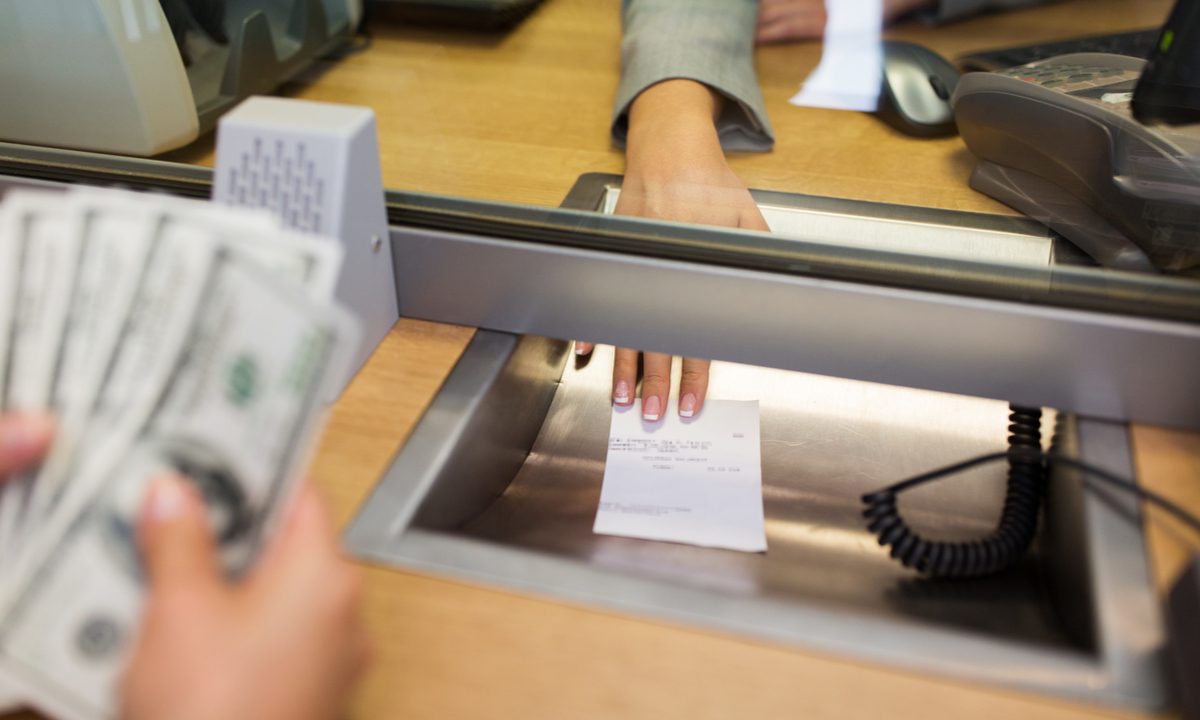NYDFS Slaps Cap on Check Cashing Fees

Check cashing fees are getting a makeover in New York.
New York’s Department of Financial Services said Wednesday (Jan. 18) that it is updating regulations and methodologies tied to check cashing fees — using a data-driven approach to do so.
As announced by the agency on Wednesday, the new rules update methods that had been in place since 2005. Fee increases had been granted on an annual, automatic basis using the Consumer Price Index (CPI), a measure of inflation.
The agency maintained that the previous approach did not, and does not, take into account the “disproportionate impact inflation has” on state residents using check cashing services. If wages were stagnant but the CPI rose, customers would be hit by the higher fees and higher cost of living.
Now, a two-tied system will be set up: 1.5% fees will be assessed on public assistance checks issued by government agencies. Other checks would be subject to a fee of $1 or 2.2% fee, whichever is greater. Those mandates came as the agency parsed data that included what it termed a “landscape assessment of other state regulations [and] reviewed check casher industry data” including current rates charged and industry costs.
The agency disclosed that the regulation does not apply to commercial checks, “which are not subject to statutory fee limits, or fees generated from other services that check cashers often provide” including wire transfers and bill payments. The adopted regulation makes no distinction between in-person and mobile check cashing fees (i.e., the fees would be the same across both modalities).
Some Downward Pressure
Check cashing, of course, is a service that is often used by people without bank accounts. And as estimated late last year by the Federal Deposit Insurance Corporation (FDIC), 4.5 percent of U.S. households were “unbanked” in 2021, meaning that no one in the household had a checking or savings account. That finding, per the FDIC, represents about 5.9 million U.S. households. And with some granular detail on New York state, the FDIC has estimated 90% of money order, bill payment and check cashing users in that state have incomes of less than $75,000. Within that segment, 55% have incomes of less than $25,000.
There’s evidence of at least some pressures on these operators, per the data: Use of non-bank check cashing providers declined from 6.4% of households to 3.2% from 2017 to 2021. But, we’d note, drilling down a bit and we see that use of those services is a bit skewed: Unbanked households were roughly 10 times as likely to use check cashing (at nearly 22% of unbanked households) than banked households (at only 2.3% of those households). Among households that used check cashing in 2021, the FDIC said, more than two-thirds cashed a check from work, retirement or a government agency.
Moving to Mobile Channels
The pivot toward using digital channels and mobile devices to conduct all manner of financial life — and the emergence of alternative providers — also is giving rise to mobile check cashing services, and away from at least some of the more “traditional” providers. PayPal offers mobile check deposit (where the fee is $5 or, if waiting 10 days, free of charge). Ingo also offers mobile check cashing. And as spotlighted in this space at the end of 2021, the U.S. Postal Service rolled out a paycheck cashing service in a limited number of East Coast locations.
